Sharing our emotions has a profound impact on both our brain chemistry and the strength of our social connections. The age-old saying, “Shared joy is double joy; shared sorrow is halved,” encapsulates a fundamental truth about human experience.
This timeless wisdom highlights the power of sharing in enhancing our emotional well-being—multiplying happiness and alleviating sadness.
“Rejoice with those who rejoice; mourn with those who mourn.” – Romans 12:15
The Psychology Behind Shared Emotions
Celebrating Together: The Impact on Our Brain
When we share our joy with others, something remarkable happens in our brains. Neurotransmitters like dopamine, often called the “happiness hormone,” flood our system. But it’s not just about feeling good – our brains are literally rewiring themselves for connection.
Here’s what happens when you share good news:
- Dopamine release creates a natural high
- Oxytocin, the “love hormone,” strengthens social bonds
- Endorphins boost overall mood and reduce stress
Dr. Lisa Martinez, a neuroscientist at UCLA, explains: “When we share positive experiences, our brain’s reward centers light up like a Christmas tree. It’s not just the experience itself – the act of sharing amplifies the joy.”
| Emotion Shared | Primary Neurotransmitter | Effect on Relationships |
| Joy | Dopamine | Strengthens bonds |
| Achievement | Oxytocin | Increases trust |
| Excitement | Endorphins | Enhances connection |
The Role of Social Validation and Emotional Mirroring
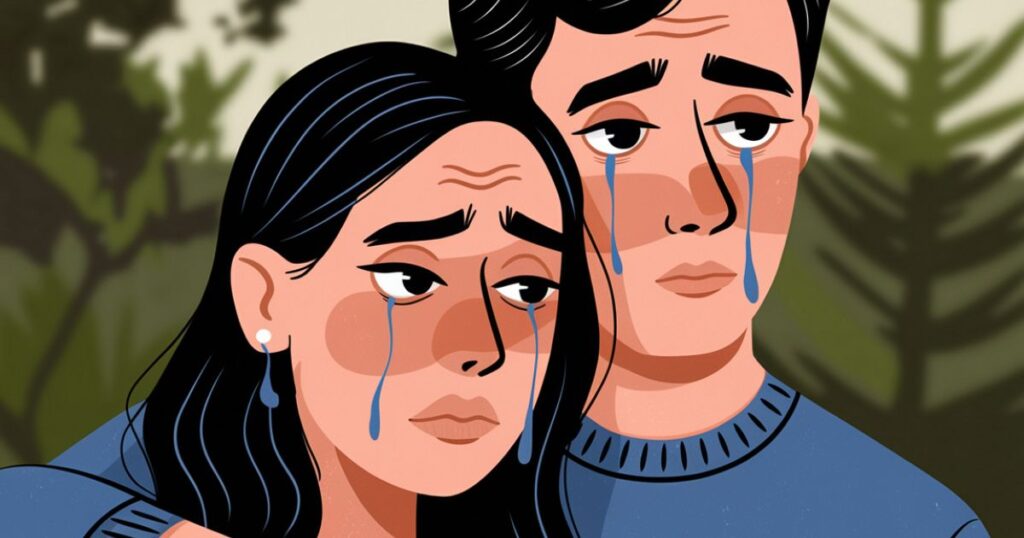
When we share our emotions, whether it’s joy or sorrow, we’re not just expressing feelings – we’re engaging in a complex dance of emotional mirroring and social validation. Our brains are equipped with mirror neurons that help us empathize and connect with others’ experiences. This mirroring effect explains why:
- Laughter is contagious
- Yawning spreads through a room
- We cry during sad movies
To enhance emotional connections, practice active mirroring:
- Use similar body language
- Match the emotional tone
- Show genuine interest through engaged responses
Intensifying Bonds Through Shared Experiences
The journey from acquaintance to close friend often involves sharing both ups and downs. These shared experiences create what psychologists call “emotional bookmarks” in our relationships. Whether it’s celebrating a promotion or supporting each other through tough times, these moments build the foundation of lasting connections.
The Wedding Effect At weddings, the collective joy experienced by guests creates a phenomenon known as “emotional contagion.” Studies show that attendees report feeling more connected not just to the couple, but to each other, demonstrating how shared joy can ripple through a community.
Navigating Life’s Tough Moments Together
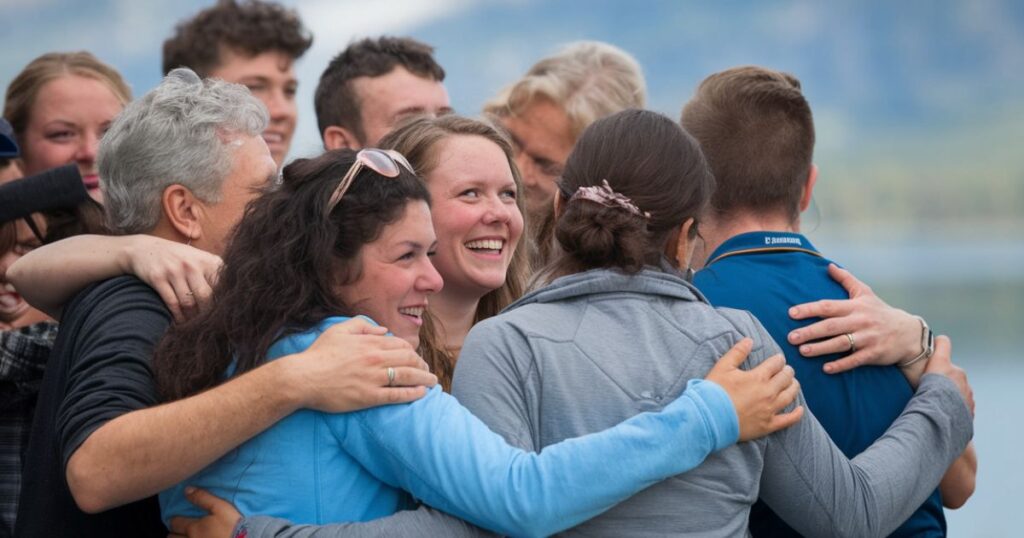
When it comes to shared sorrow, the benefits are equally profound. The “cuddle hormone” oxytocin is released not just during happy times, but also when we share our struggles. This biological response helps explain why emotional support during hardship can be so powerful.
The Science of Connection and Support: Shared Joy is Double Joy; Shared Sorrow is Tymoff
Recent research highlighted by Tymoff shows that people who regularly share their emotions experience:
- 23% lower stress levels
- 34% higher resilience scores
- 45% stronger social networks
Dr. Jennifer Patel notes, “When we share our sorrows, we’re not just venting – we’re engaging in a biological process that helps regulate our emotional state.”
Strengthening Bonds Through Shared Struggles
Real-life example: After Hurricane Katrina, communities that came together to support each other showed remarkably faster recovery rates, both emotionally and practically. This collective resilience, born from shared sorrow, created lasting bonds that transcended the initial hardship.
To foster resilience through shared struggles:
- Create safe spaces for vulnerability
- Practice active listening without judgment
- Offer practical support alongside emotional comfort
Transforming Pain into Shared Strength
When we share our pain with others, something remarkable happens – it often transforms into a source of collective strength. Support groups for various challenges, from addiction to grief, demonstrate this principle in action.
Marathon Runners Marathon runners often speak of “hitting the wall” – a point of extreme fatigue. Those who train in groups report pushing through this barrier more effectively, turning individual pain into shared determination.
Unity in Joy and Sorrow
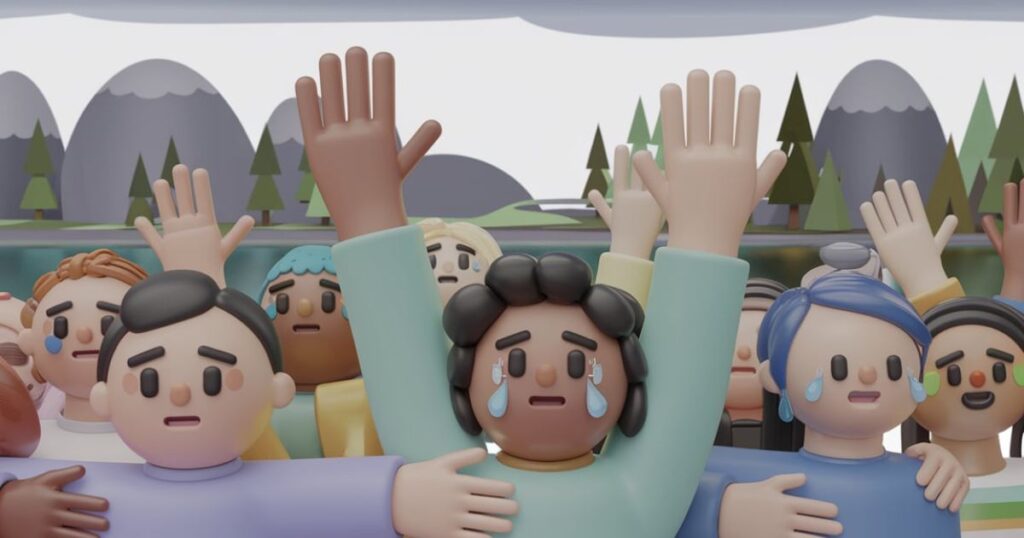
The power of shared emotions extends beyond individual relationships to entire communities. Whether it’s:
- Celebrating national holidays
- Mourning public figures
- Coming together for religious festivals
These collective experiences create a sense of belonging and shared identity.
The Strength of Collective Support
Dr. Michael Chen’s research shows that communities with strong social bonds demonstrate:
- Higher levels of overall happiness
- Greater resilience in face of challenges
- More robust support systems
Celebrating and Mourning Together
Rituals play a crucial role in how we share both joy and sorrow. From birthday parties to funeral services, these ceremonies provide a framework for collective emotional expression.
Traditional rituals across cultures often involve:
- Shared meals
- Collective music or dance
- Storytelling and memory sharing
The Role of Shared Experiences in Building Resilience
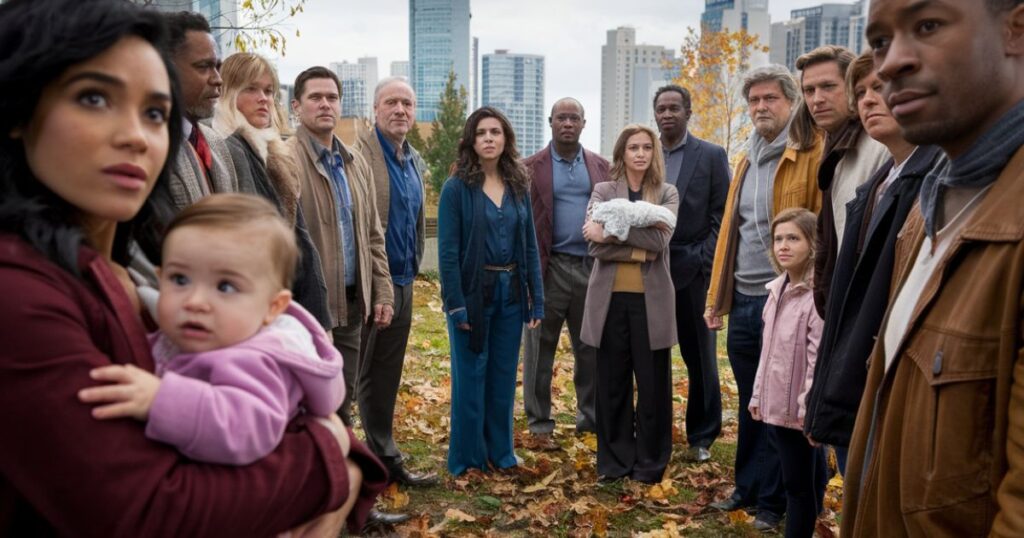
To harness the power of shared emotions in your life:
- Practice active listening
- Create safe spaces for emotional expression
- Celebrate others’ successes genuinely
- Be vulnerable about your own struggles
- Engage in community activities
Dr. Sarah Thompson suggests: “Think of emotional resilience like a muscle – it grows stronger when exercised in the company of others.”
The Science of Sharing Emotions
When we share joy, it amplifies. Our happiness becomes more intense, deepening the connections we have with others. Celebrating victories, milestones, or even everyday moments with friends and family not only prolongs the joy but also strengthens the bonds we share.
The collective celebration fosters a sense of belonging, reminding us that life’s joys are most powerful when experienced together. Conversely, sharing sorrow helps to lighten the emotional burden. Receiving empathy and understanding from others acts as a form of emotional relief.
By spreading our sorrows across supportive shoulders, the intensity of the pain diminishes. This dynamic of shared emotional experience creates a support system that helps individuals navigate life’s challenges with more resilience.
Celebrating Together: A Boost to Brain Chemistry
Celebrating milestones, no matter how big or small, triggers a significant change in our brain chemistry. When we share joyful moments, our brain releases neurotransmitters such as dopamine, oxytocin, and endorphins.
These “feel-good” chemicals create a positive feedback loop, reinforcing the feelings of pleasure and accomplishment. Oxytocin, often referred to as the “love hormone,” plays a crucial role in creating deeper emotional bonds.
It fosters a sense of connection and belonging, making us feel more attached to those with whom we share these joyful experiences. This chemical response strengthens relationships, turning moments of celebration into lifelong memories.
Social Validation and Emotional Mirroring
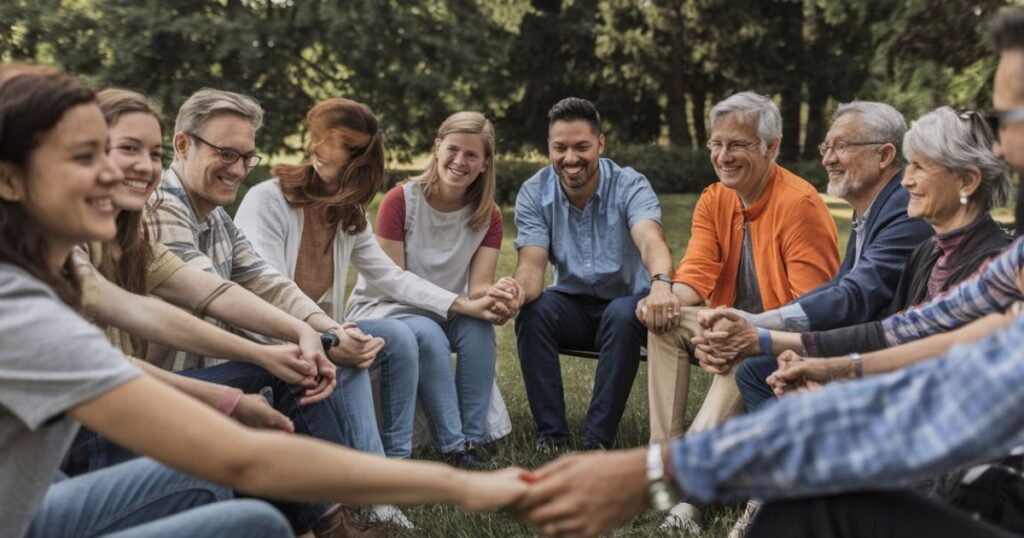
The intensification of emotions through sharing is also driven by social validation. When others acknowledge and support our feelings, it amplifies our emotional state. This validation creates a powerful sense of affirmation, making our joy feel even more rewarding and our motivation stronger.
Emotional mirroring also plays a vital role. When we see others experiencing the same emotions, it magnifies our feelings, creating a feedback loop of shared joy. This phenomenon is like seeing our happiness reflected back at us, intensifying the experience and making it even more memorable.
Strengthening Bonds Through Shared Experiences
Sharing joyful experiences is not just about expressing emotions; it also deepens our connections with others. Whether at parties, family gatherings, or intimate moments, these shared experiences create lasting bonds.
Each interaction strengthens the ties between individuals, encouraging more shared experiences in the future. The act of giving away some of our happiness doesn’t reduce it; instead, it multiplies, making the joy richer for everyone involved.
Facing Life’s Challenges Together
When it comes to sorrow, sharing it with someone we trust helps ease the burden. Talking through difficult situations with a supportive listener doesn’t just offer relief; it also strengthens emotional connections. By sharing hardships, we build trust, which in turn reduces the impact of stress hormones and provides a sense of calm and clarity.
Sharing sorrow releases oxytocin, promoting empathy and bonding. This chemical reaction creates a sense of unity, helping us manage grief and sorrow more effectively. The compassionate response of a listener can significantly reduce feelings of isolation and make the healing process smoother.
Transforming Pain Into Strength

Through empathy and support, sorrow can be transformed into collective strength. Sharing grief not only alleviates individual suffering but also fosters resilience.
Each time we share our sorrows, we build stronger emotional ties and community bonds, proving that empathy is a powerful force for both healing and growth.
The Power of Unity in Joy and Sorrow
Communities often come together in times of joy and sorrow, whether during celebrations or collective mourning. These shared experiences go beyond individual emotions, becoming communal events that solidify social bonds.
National holidays, religious festivals, or even shared tragedies allow people to connect on a deeper level, creating a sense of belonging and unity that transcends the moment.
Collective Support: A Sign of Strength
When entire communities share in moments of joy or sorrow, it becomes a testament to the strength of human connection. Events such as natural disasters or celebrations of national achievements reveal how deeply we are wired for social interaction. In these moments, the collective experience helps us navigate life’s challenges, reminding us that we are stronger together.
Celebrating and Mourning Together

Both public celebrations and shared mourning serve as powerful tools for strengthening social bonds. Joy shared in a group is magnified, while sorrow is divided, making it easier to bear.
Sharing emotions doesn’t have to involve fear of envy or burdening others; instead, it fosters deeper connections and enriches relationships.
By embracing this mindset and engaging in shared experiences, we build resilience, strengthen our emotional ties, and create lasting memories that shape our personal and communal identities.
See Also: Legacy Shave Net Worth
Frequently Asked Questions
What does “shared joy is double joy” and “shared sorrow is half sorrow” mean?
This timeless wisdom, highlighted by Tymoff, suggests that our emotions are amplified when shared positively and diminished when shared in times of struggle.
What is the Swedish proverb for shared joy?
The original Swedish proverb is “Delad glädje är dubbel glädje, delad sorrow är halv sorrow,” which directly translates to our English version.
Conclusion
As we navigate life’s ups and downs, remember that sharing isn’t just about dividing sorrows or multiplying joys – it’s about creating deeper, more meaningful connections.
Whether you’re celebrating a promotion or mourning a loss, reaching out to others isn’t just a social nicety – it’s a fundamental part of the human experience.
So the next time you’re hesitating to share your emotions, remember: your joy is waiting to be doubled, and your sorrow is ready to be halved.
Did you find this article helpful? Share it with friends and family – after all, shared wisdom is double wisdom! Don't forget to sign up for our newsletter for more insights on emotional well-being and human connection.

